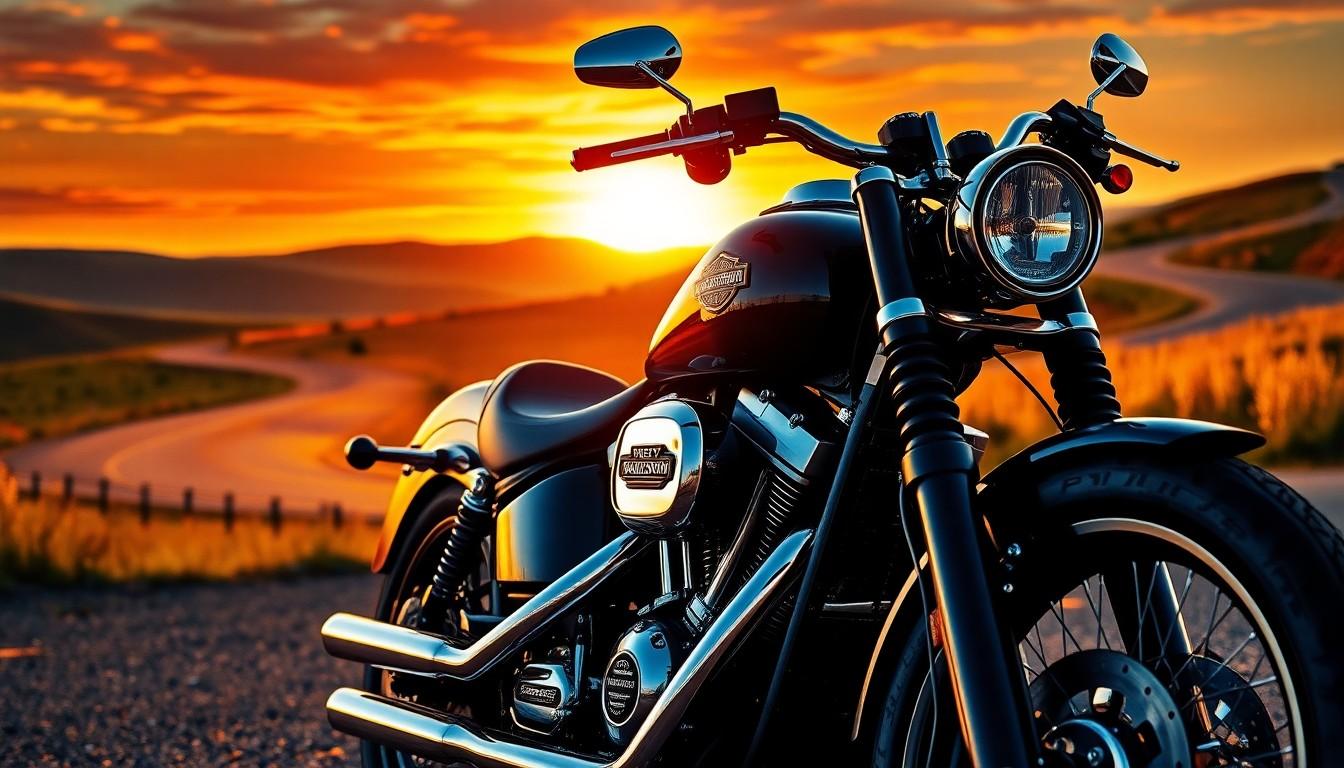Looking to join the legendary Harley-Davidson family? We don’t blame you! There’s nothing quite like the rumble of a Harley engine beneath you as you cruise down the open road. But before you pull the trigger on that dream bike, it’s crucial to know which model years might give you more headaches than highways.
Not all Harleys are created equal, and some years have earned reputations for reliability issues that can turn your dream ride into a garage ornament. We’ve done the research and gathered insights from longtime riders, mechanics, and industry experts to create this essential guide to the Harley model years you might want to think twice about purchasing.
Understanding Harley-Davidson’s History of Quality
Harley-Davidson’s quality and reliability have fluctuated significantly throughout its storied history. The company, founded in 1903, has produced motorcycles that range from exceptional performers to problematic models depending on the era. Manufacturing processes, design changes, and corporate challenges have all contributed to these variations in quality.
During the AMF ownership period (1969-1981), Harley-Davidson experienced some of its most important quality control issues. Production was hastily increased while quality standards decreased, resulting in motorcycles that often suffered from oil leaks, vibration problems, and electrical failures. This era created a lasting perception about Harley reliability that the company spent decades working to overcome.
The 1980s marked a turning point when Harley executives purchased the company back from AMF and implemented substantial quality improvements. Their “Quality at the Source” program focused on resolving manufacturing defects, improving component reliability, and improving overall build quality. These efforts gradually restored consumer confidence in Harley motorcycles.
Modern Harley-Davidson motorcycles have generally improved in reliability compared to earlier decades. But, certain model years still stand out as particularly problematic for riders. Technology transitions, such as the introduction of fuel injection or new engine designs, often created temporary quality issues as the company worked through implementation challenges.
Harley’s commitment to tradition sometimes created a reluctance to adopt new technologies quickly, occasionally resulting in models that lagged behind competitors in reliability and performance. The company’s balancing act between maintaining its heritage while incorporating necessary technological advancements has produced both successes and failures throughout its manufacturing timeline.
Notorious Harley Years: The AMF Era (1969-1981)
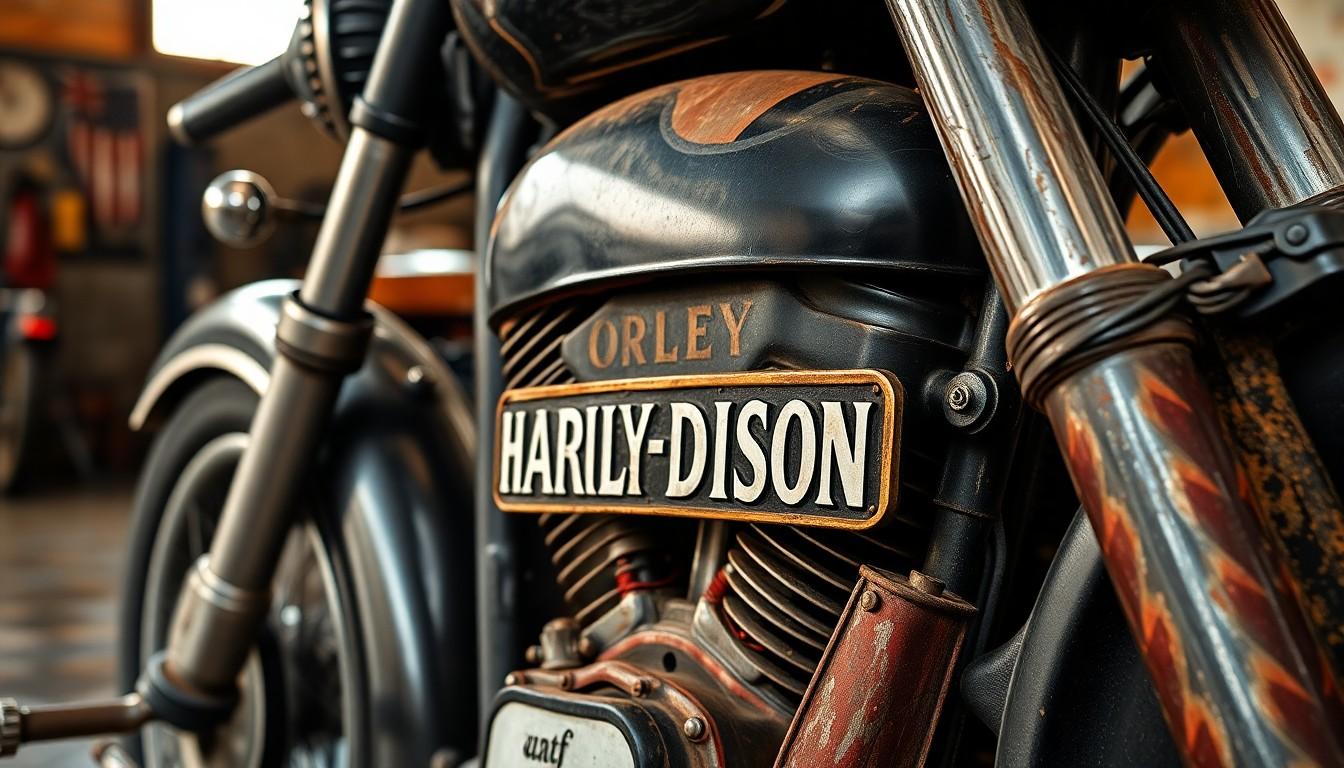
The AMF era represents one of the most problematic periods in Harley-Davidson’s history. During this time, American Machine and Foundry owned the iconic motorcycle brand, resulting in motorcycles with important quality control issues that continue to plague these vintage models today.
The Oil-Leaking Twin Cam Models
Twin Cam 88 models manufactured between 1999 and 2006 earned a reputation for serious mechanical problems. These bikes frequently suffered from failing cam chain tensioners, particularly in the 1999-2002 models where plastic tensioners would deteriorate over time. Plastic particles from worn tensioners often entered the oil pump, creating a domino effect that could lead to catastrophic engine failure. Transmission difficulties plagued many riders, with shifting problems becoming a common complaint among owners. Some unlucky riders experienced crankshaft runout issues, though these occurred less frequently than the notorious cam chain failures.
Electrical and Reliability Problems
The 2007 Touring models exhibited concerning crank runout problems similar to earlier Twin Cam issues. Engine reliability reached a particularly low point with the 2003 models, where engines sometimes “grenaded” at surprisingly low mileage counts – often around just 21,000 miles – primarily due to cam chain tensioner failures. Early Twin Cam 88 motorcycles (1999-2002) demonstrated alarming reliability concerns, with engines known to fail without warning signs. AMF era motorcycles typically experience vibration-related damage due to their non-rubber-mounted engines, creating uncomfortable riding experiences. These 40+ year old motorcycles commonly develop persistent oil leaks and require frequent maintenance to remain roadworthy.
Problematic Harley-Davidson Models From 1999-2005
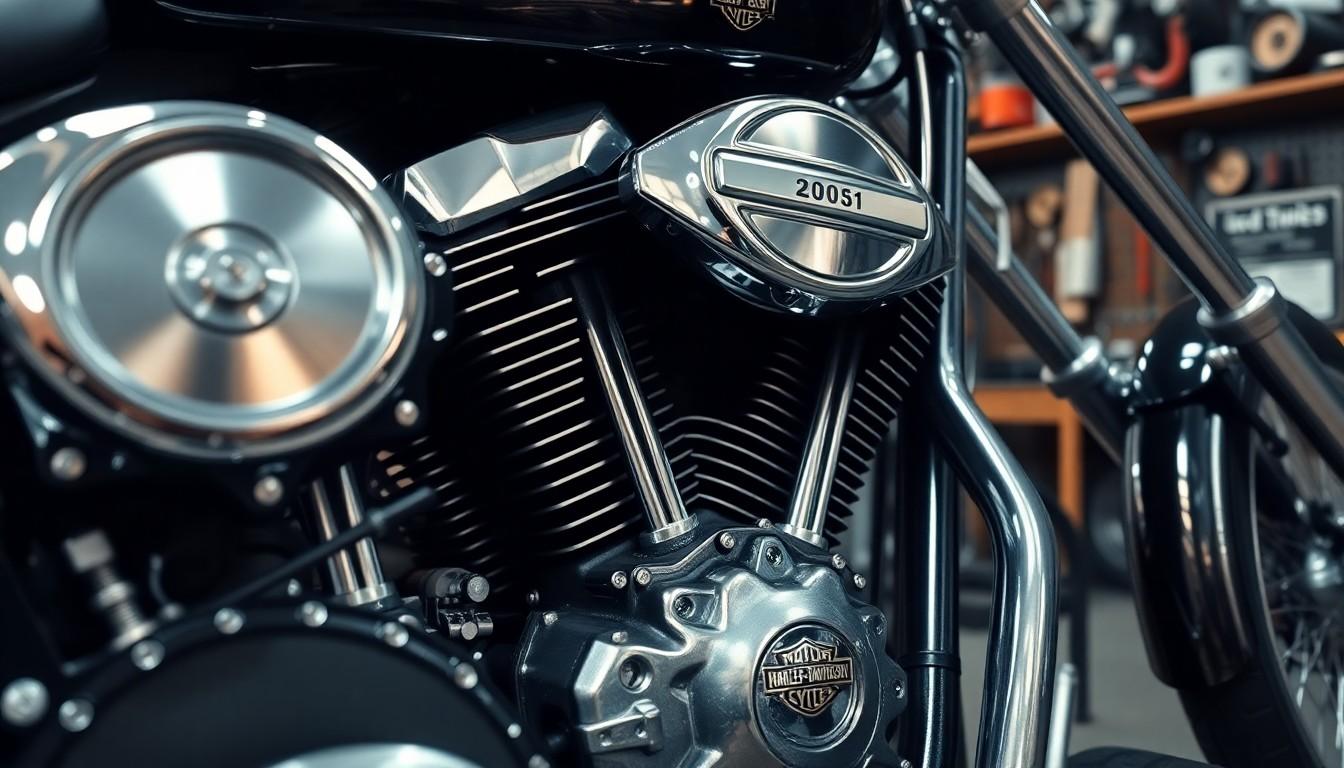
Harley-Davidson motorcycles produced between 1999 and 2005 represent a particularly challenging period in the company’s manufacturing history. These model years are often flagged by experienced riders and mechanics due to persistent mechanical issues that can lead to important reliability concerns and expensive repairs.
Twin Cam 88 Engine Issues
The Twin Cam 88 engine introduced in 1999 became notorious for several critical design flaws that compromised reliability. At the heart of these problems were the plastic cam chain tensioners that frequently wore out prematurely, creating plastic shavings that entered the oil pump. This contamination often led to catastrophic engine failure without warning, leaving riders stranded and facing costly rebuilds. The spring-loaded cam chain followers used in these engines simply couldn’t withstand the stress of regular operation, eventually causing the cam chain to break and disrupt critical oil flow throughout the engine.
Beyond the cam chain issues, these models also suffered from inaccurate fuel gauge sensors that provided unreliable readings. Speedometers in these bikes commonly displayed readings off by up to 10%, creating potential safety and legal concerns for riders who couldn’t accurately determine their speed.
The Troublesome 2004-2005 Models
The 2004-2005 Harley-Davidson models stand out as particularly problematic even within the challenging 1999-2006 era. These motorcycles continued to use the flawed Twin Cam 88 engine with its defective cam chain tensioner design. Riders report instances of complete engine failure even at relatively low mileage, making these years especially risky for used motorcycle buyers.
Mechanical problems in these models extend beyond the engine, with electrical system issues frequently reported. Crank runout problems began appearing during this period, creating damaging vibrations that affect both rider comfort and long-term reliability. Many owners of 2004-2005 models eventually face the decision of either investing in important repairs or replacing their motorcycles entirely.
The Years of Transition: 2007-2010 Motorcycles
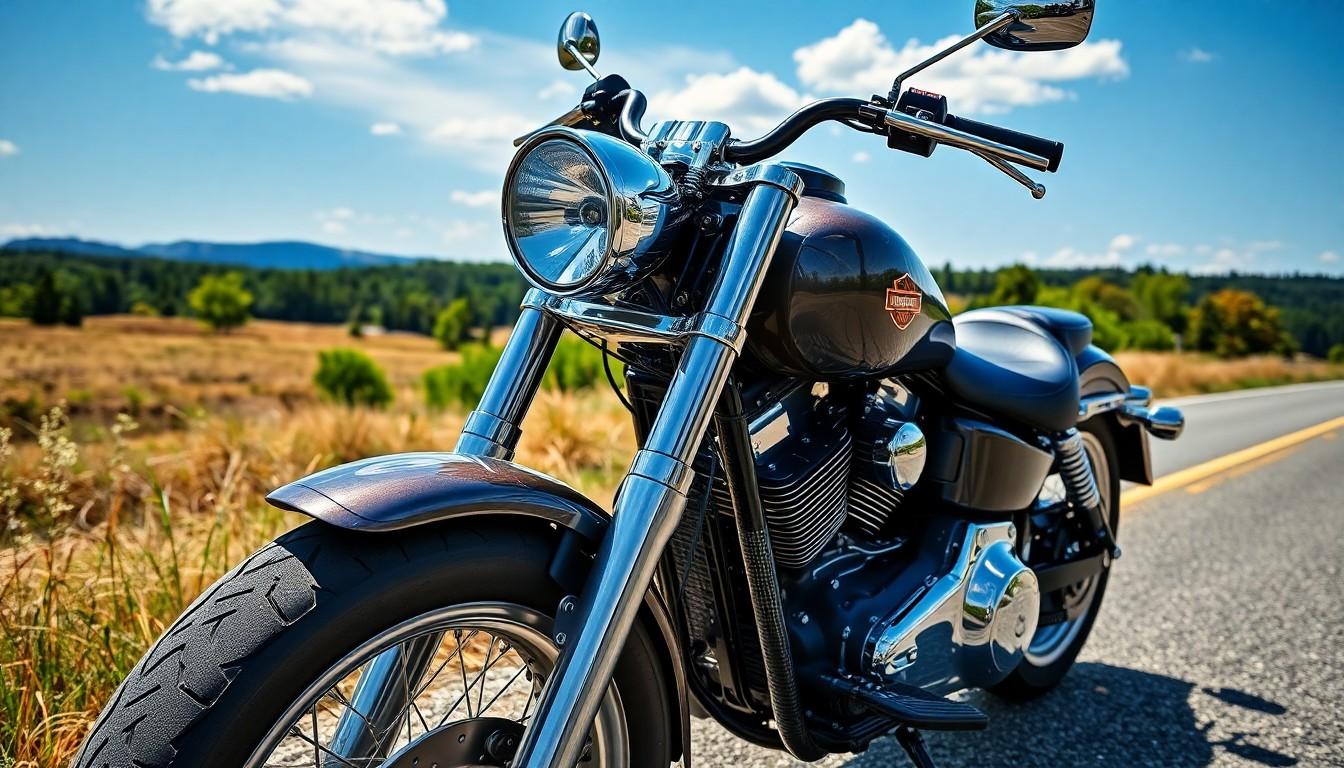
The 2007-2010 period marked a important transition for Harley-Davidson, with many models experiencing reliability issues as the company implemented new technologies. These challenging years introduced several mechanical and design problems that continue to affect these motorcycles’ reputations among enthusiasts and collectors.
Twin Cam 96 Growing Pains
Harley-Davidson’s Twin Cam 96 engine, introduced in 2007, faced considerable reliability challenges during its early production years. This larger displacement powerplant carried over the problematic cam chain tensioner issues that plagued earlier Twin Cam 88 models, creating frustrating scenarios for owners. Engine failures occurred when these tensioners wore prematurely, often requiring complete engine rebuilds at important expense. The 2007 Touring models specifically suffered from crank runout problems that created excessive vibration, leading to accelerated component wear and handling issues. Many riders reported uneven tire wear due to offset front end problems in these models, particularly in the popular Fatboy lineup.
Electronic Control Module Failures
Electronic Control Module (ECM) failures represented another important issue during this transitional period from 2007-2010. These crucial computer components managed various aspects of motorcycle operation, from fuel delivery to ignition timing. When ECMs failed, riders experienced unpredictable stalling, starting problems, and erratic engine performance. The 2008-2011 Touring, CVO Touring, and VRSC models were particularly susceptible to electrical system issues beyond ECM failures, including problems with wiring harnesses and charging systems. These electronic gremlins often proved challenging to diagnose, leaving owners with expensive repair bills and decreased reliability. Models equipped with ABS during this period faced additional complications, with a major recall issued for braking system malfunctions that compromised rider safety. Overheating became another common complaint among riders of these transitional models, with some motorcycles running excessively hot during normal operation, potentially accelerating wear on engine components.
Modern Harleys to Approach With Caution (2017-2019)
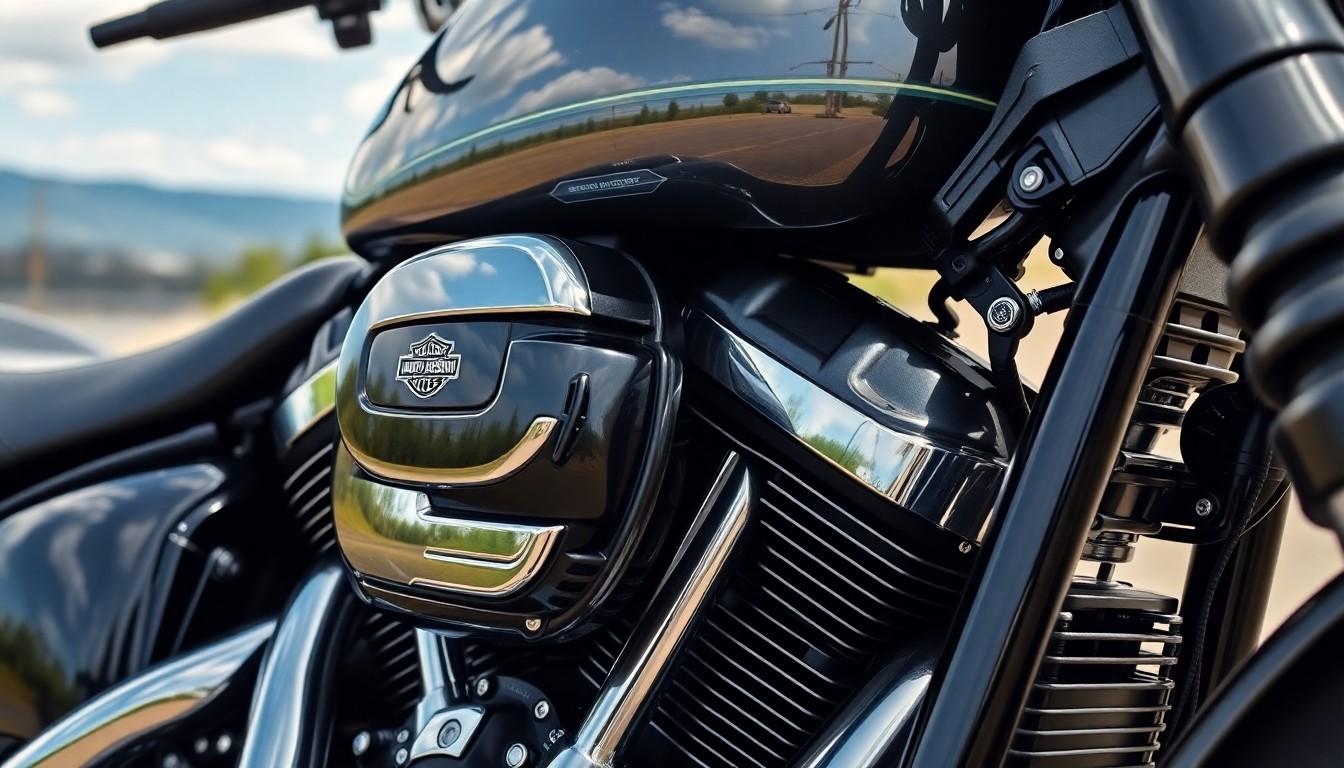
The introduction of the Milwaukee-Eight engine marked a important milestone for Harley-Davidson, but early implementations came with notable flaws. Models from 2017-2019 are particularly problematic, with several mechanical issues that can lead to expensive repairs and diminished riding experience.
The Milwaukee-Eight Early Problems
The early Milwaukee-Eight engines suffer from a critical issue called “sumping,” where oil accumulates in the crankcase instead of properly circulating through the engine. This oil accumulation creates excessive engine heat, power loss, and sluggish acceleration—especially noticeable during hard riding. The root cause lies in the poorly designed oil pump from these model years, which fails to effectively scavenge oil from the crankcase. Increased crankcase pressures resulting from this design flaw can eventually lead to complete engine failure if left unaddressed.
Riders also report several other common issues with 2017-2019 Milwaukee-Eight equipped Harleys:
- Transmission clunking when shifting gears
- Persistent oil leaks around engine cases
- Excessive heat transfer to the rider
- Noticeable valve train noise during operation
- Compensator failures causing drivetrain problems
Exact Model-Year Issues
The 2017-2019 Milwaukee-Eight engines represent the most problematic production years due to fundamental design flaws. These models feature the original oil pump design with inadequate crankcase ventilation, creating a perfect storm for engine troubles. Many owners have reported important engine problems emerging after relatively low mileage, often requiring expensive repairs or even complete rebuilds.
Harley-Davidson acknowledged these issues by introducing important updates after 2019. Models manufactured from 2020 onward incorporate an improved oil pump design and enhanced crankcase ventilation system. These engineering changes have substantially reduced the frequency and severity of the sumping problems that plagued earlier iterations.
For buyers considering a used Harley with the Milwaukee-Eight engine, the manufacturing date matters significantly. Post-2019 models offer better reliability and fewer mechanical concerns, making them a smarter purchase for riders seeking the Milwaukee-Eight experience without the headaches of the first-generation design.
How to Identify Potential Problems When Buying Used Harleys
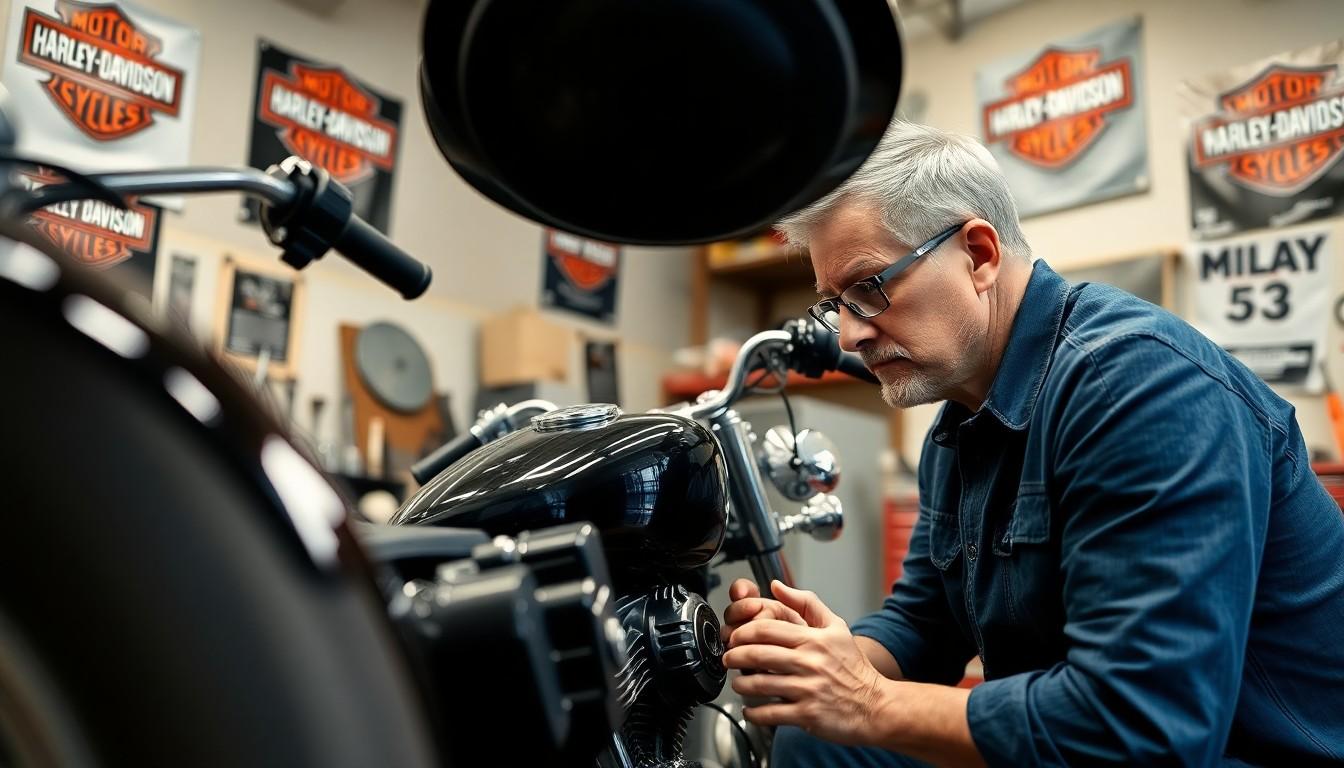
Identifying potential issues when shopping for a used Harley-Davidson requires a methodical approach to avoid costly surprises. These practical steps will help you evaluate any pre-owned Harley before making a purchase decision.
Check Recall History
Researching the bike’s recall history provides crucial insight into known manufacturing defects. Look up the motorcycle’s VIN through Harley-Davidson’s official website or the National Highway Traffic Safety Administration database. This verification is particularly important for models like the 2014 Touring bikes, which faced recalls for hydraulic clutch malfunctions that prevented proper disengagement.
Review Maintenance Records
Complete maintenance documentation tells the true story of a bike’s health and care. Ask sellers to provide all service records, looking for regular oil changes, timing adjustments, and transmission services. Pay special attention to whether critical issues were addressed—like replacing the problematic cam chain tensioners in 1999-2006 Twin Cam 88 engines, which typically fail around the 25,000-mile mark.
Inspect the Bike Thoroughly
A detailed physical examination reveals signs of neglect or potential problems:
- Examine brake components for corrosion or excessive wear, especially on 2016-2019 Street models known for brake system issues
- Check for oil leaks around engine cases and primary covers
- Look for aftermarket modifications that might impact reliability or warranty status
- Inspect the condition of chain tensioners in Twin Cam models
- Evaluate clutch performance, particularly on 2014 Touring models with reported hydraulic clutch problems
Test Ride the Motorcycle
Testing the bike under actual riding conditions exposes issues that might not be apparent during a static inspection. Listen for unusual engine noises, feel for excessive vibrations, and test all major functions. Pay particular attention to clutch engagement/disengagement, brake responsiveness, and engine performance throughout the RPM range. Models like the 2008-2011 Touring and VRSC lines deserve extra scrutiny during test rides.
Consult Owner Forums and Reviews
Tapping into collective rider experience provides valuable perspective on model-exact issues. Join Harley-Davidson forums, read owner reviews, and engage with current owners of the exact model year you’re considering. Fellow riders often share detailed accounts of reliability concerns, such as the brake failures common to 2016 Touring models or the engine problems in 2005 Softail Deluxe motorcycles.
Get a Professional Mechanical Inspection
Investing in a professional assessment from a Harley-Davidson specialist mechanic offers peace of mind. A qualified technician can detect subtle issues with:
- Engine compression and performance
- Electrical system integrity
- Transmission operation
- Suspension components
- Hidden damage from previous accidents
This inspection is particularly valuable when considering models with known issues such as the 1999-2006 Twin Cam 88s with their problematic camchain tensioners or the 2016-2019 Street models with documented brake system concerns.
Best Harley Years as Alternatives
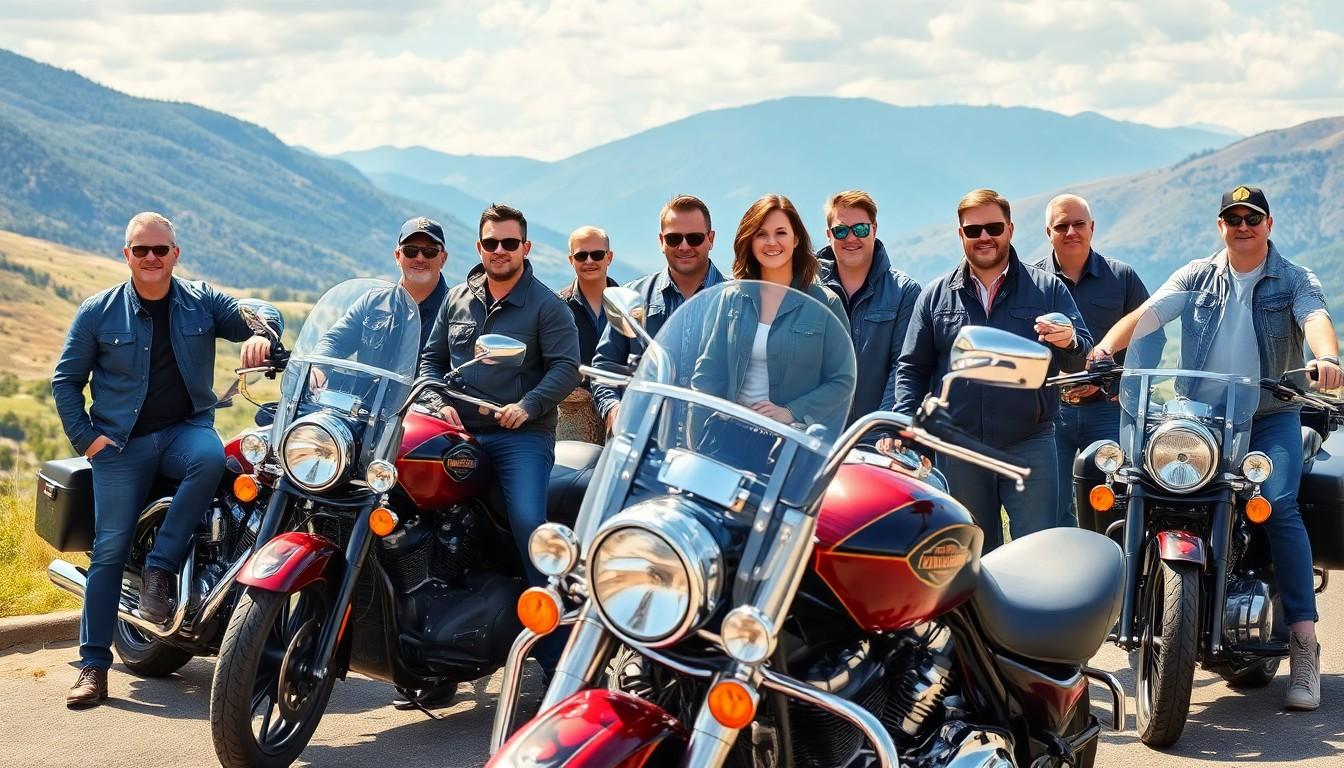
Post-2007 Twin Cam Models
Post-2007 Twin Cam models offer significantly improved reliability compared to their predecessors. The TC96 and TC103B engines addressed many of the issues that plagued earlier Twin Cam 88 models, particularly the problematic cam chain tensioner design. These later Twin Cam engines feature upgraded components and refined engineering that make them much more dependable for long-term ownership. Riders report fewer mechanical issues and better overall performance from these models, making them solid choices for used Harley buyers.
Modern Softails and Touring Models
Modern Softails and Touring bikes manufactured after the late 2000s demonstrate Harley’s commitment to quality improvement. The Harley Heritage models equipped with the 114 engine are particularly praised in rider communities for combining excellent reliability with exceptional comfort for long-distance touring. These motorcycles incorporate redesigned components that eliminate many of the weaknesses found in earlier generations. Touring models from this era benefit from upgraded suspension systems and enhanced frame designs that create a more refined riding experience.
Recent Models
Harley-Davidson motorcycles from 2012 onwards represent some of the brand’s most reliable offerings. These recent models incorporate many engineering advances and quality control improvements that address historical weak points. Harley’s continuous refinement process has resulted in bikes that maintain their iconic character while delivering more consistent performance and durability. Many collectors and experienced riders consider these recent models to be among the best in Harley’s long production history, striking an ideal balance between traditional styling and modern reliability.
Conclusion
Selecting the right Harley-Davidson means balancing the brand’s iconic heritage against potential reliability issues in certain model years. We’ve highlighted the problematic periods to avoid particularly those from the AMF era and exact Twin Cam models from 1999-2005 as well as early Milwaukee-Eight engines from 2017-2019.
Armed with this knowledge plus our practical inspection tips you’re now better equipped to make a smart purchase decision. Remember that post-2012 models generally offer improved reliability while post-2007 Twin Cams and late-2000s Softails make excellent choices for riders seeking the authentic Harley experience without the headaches.
The perfect Harley is waiting for you with the right research and inspection process you’ll find a motorcycle that delivers the legendary riding experience without unwelcome surprises.
Frequently Asked Questions
What were the worst years for Harley-Davidson reliability?
The AMF era (1969-1981) produced notoriously unreliable Harleys with oil leaks and electrical issues. The 1999-2005 Twin Cam 88 models had significant engine design flaws. Additionally, 2007-2010 was a challenging transition period with new technologies causing reliability concerns. Early Milwaukee-Eight engines (2017-2019) also experienced some problems before improvements were made in 2020.
How did the AMF ownership affect Harley-Davidson quality?
During AMF ownership (1969-1981), Harley-Davidson suffered serious quality control issues. Motorcycles from this era were known for frequent oil leaks, excessive vibration problems, and unreliable electrical systems. Production focused on quantity over quality, resulting in a tarnished reputation that the company spent years rebuilding after regaining independence.
What problems affected the Twin Cam 88 engines (1999-2005)?
Twin Cam 88 engines suffered from critical design flaws including cam chain tensioner failures, overheating issues, and premature bearing wear. These engines often experienced oil consumption problems and had inadequate cooling systems that contributed to shorter engine life. Repair costs were substantial, often requiring complete engine rebuilds around the 30,000-mile mark.
Which modern Harley years are considered the most reliable?
Motorcycles manufactured from 2012 onwards are generally considered Harley’s most reliable offerings. Post-2007 Twin Cam models with TC96 and TC103B engines show significant improvements. Modern Softails and Touring bikes produced after the late 2000s demonstrate enhanced quality. Particularly, models after 2020 with refined Milwaukee-Eight engines have addressed many previous issues.
What should I check when buying a used Harley-Davidson?
When purchasing a used Harley, check its recall history and maintenance records. Conduct a thorough physical inspection looking for oil leaks, worn components, and frame damage. Always test ride the motorcycle to identify handling, transmission, and engine issues. Consult owner forums for model-specific concerns, and consider investing in a professional mechanical inspection before finalizing your purchase.
Did Harley-Davidson improve the Milwaukee-Eight engine?
Yes. While early Milwaukee-Eight engines (2017-2019) experienced issues with oil pumps, sumps, and cooling systems, Harley made significant improvements starting in 2020. These refinements addressed the initial problems, resulting in a more reliable and better-performing power plant. Current Milwaukee-Eight engines are considered much more dependable than their early iterations.
How important are maintenance records when buying a used Harley?
Maintenance records are crucial when purchasing a used Harley-Davidson. Complete documentation indicates a responsible owner who followed service schedules and addressed problems promptly. Records reveal if critical updates and recalls were performed, and if the motorcycle received regular oil changes and inspections. Detailed maintenance history significantly reduces your risk of purchasing a problematic bike.
Are newer Harley-Davidson motorcycles worth the higher price?
Newer Harleys (especially post-2012) generally justify their higher prices through improved reliability, updated technology, better performance, and fewer maintenance issues. They typically require less immediate investment in repairs and upgrades. However, well-maintained older models from reliable years can still offer excellent value if properly cared for and sold at appropriate prices reflecting their age.

